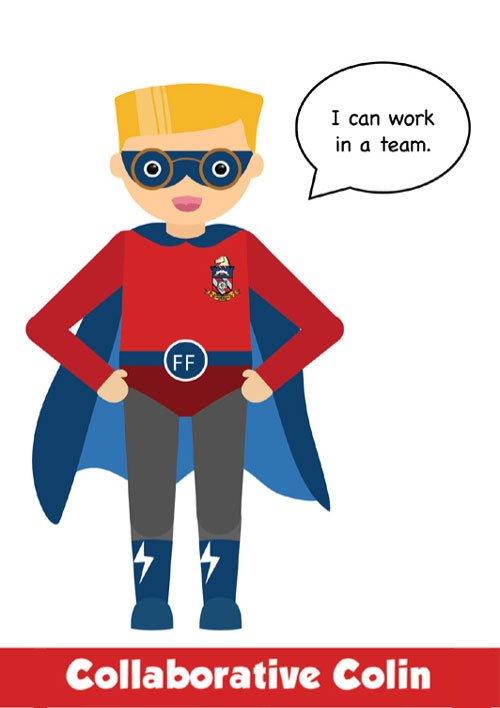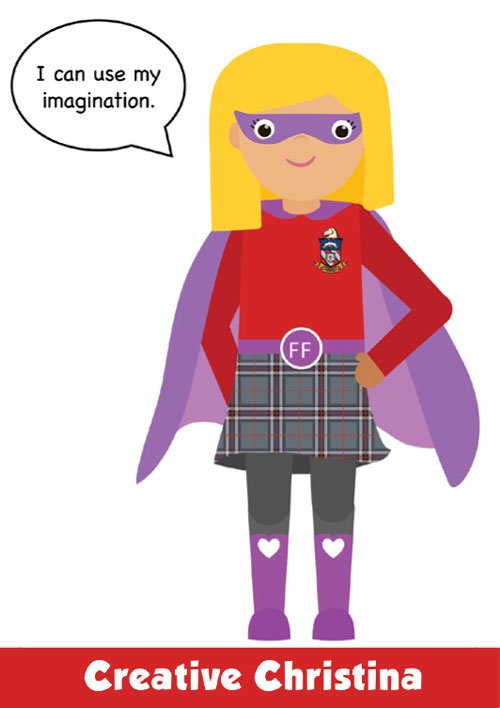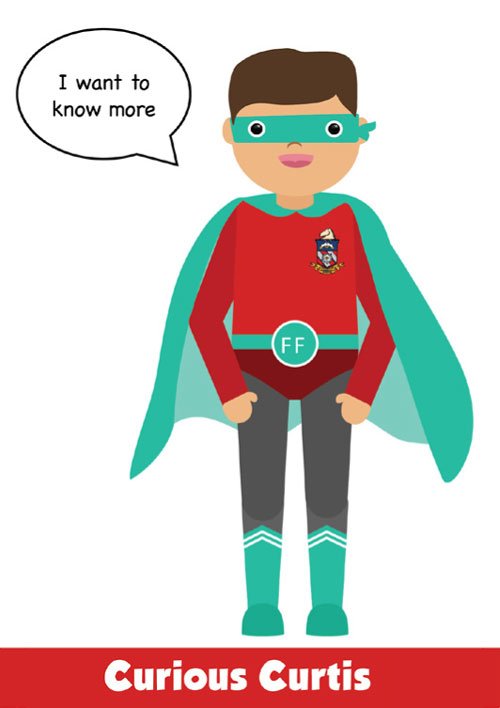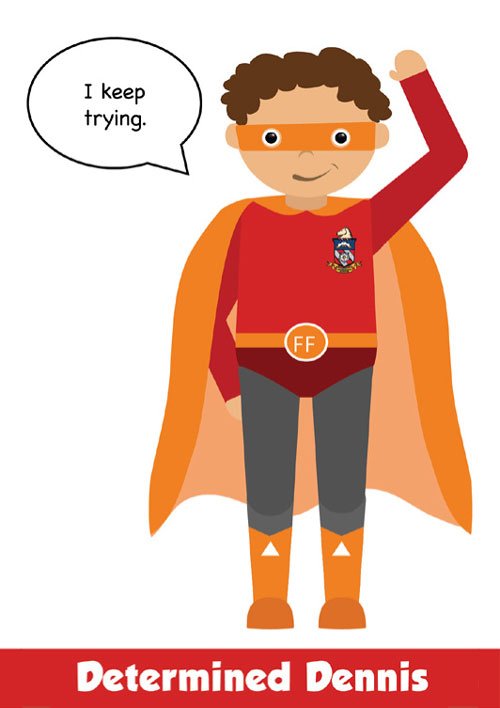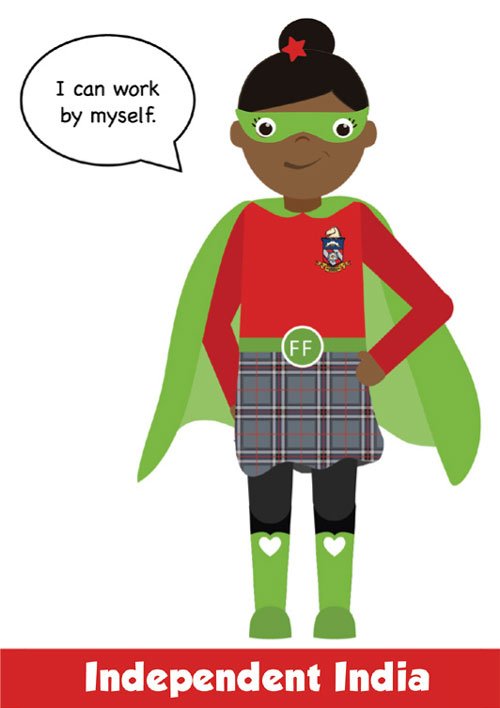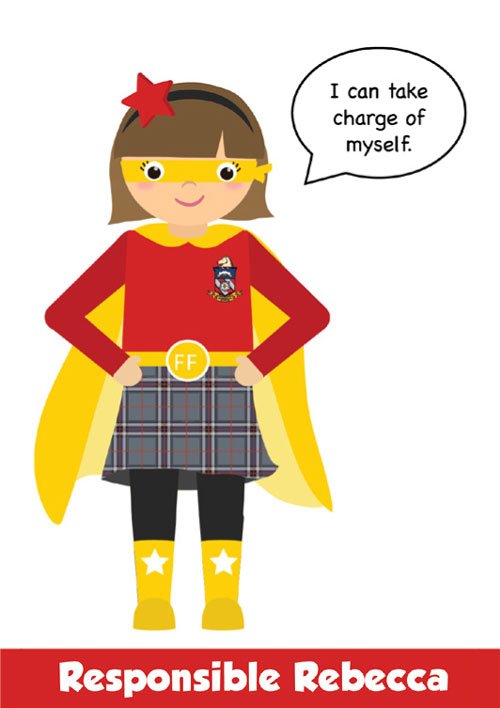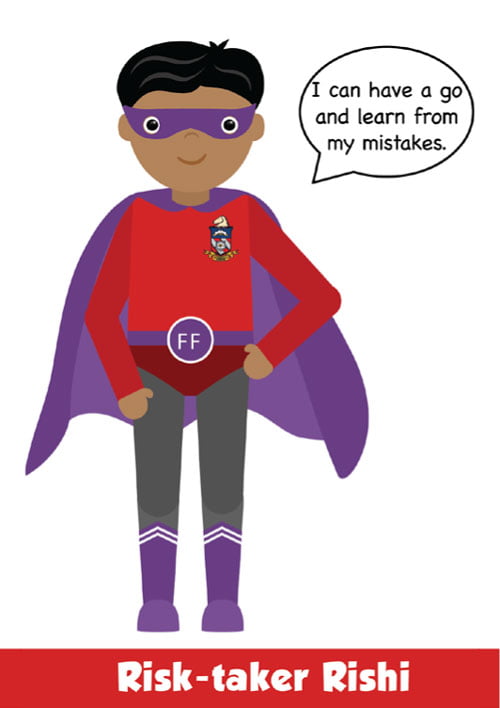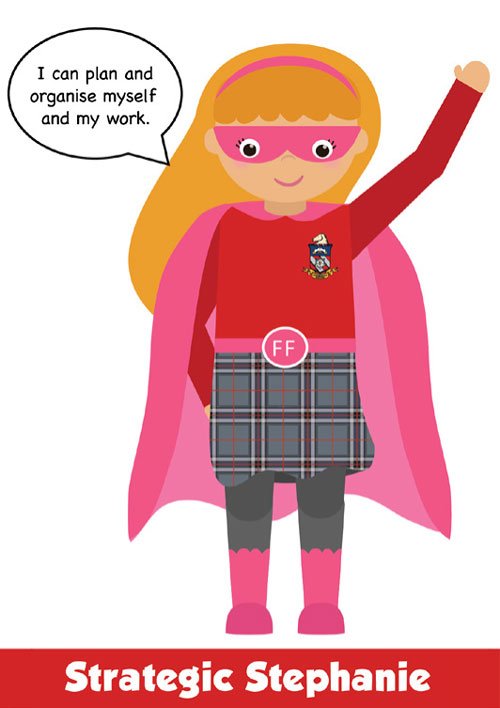Fantastic Froebelian Mr Fox
Whilst you’re here, why not take a photo with Mr Fantastic Froebelian Fox and tag us on Instagram @froebelian_school.
- Foxes are small to medium-sized mammals with a typically orange-brown coat and a bushy tail.
- They have upright triangular ears that are similar to a cat’s and dark, slightly upturned noses.
- They walk on their toes and have partially retractable claws.
- They have black whiskers on their face and legs to help them find their way through tall grass.
- They also use their big bushy tails to communicate messages with other foxes and to wrap up warm when they’re sleeping!
- They’re small enough to effectively move, hunt and hide in the under brush and other small spaces, but large enough to prey on animals smaller than them.
- Foxes are primarily nocturnal animals, which means they are active during the night, but they are often seen during the day too.
- Male foxes are known as dogs, tods or reynards and female foxes are called vixens.
The Badger
- Badgers are nocturnal animals, which means they sleep in the day and wake up at night.
- Female badgers are called ‘sows’ and male badgers ‘boars’. Their babies are simply named ‘cubs’.
- The word badger comes from the French word ‘bêcheur’, which means ‘digger’.
- Badgers sleep in a special, large room they create in their burrows.
- They like to keep their houses clean, so they don’t bring food inside the tunnel.
- Badgers don’t hibernate during the cold season. They go into a deep sleep for a couple of days, wake up to eat and then go back to sleep again. This kind of sleep is called ‘torpor’ and during this time, their heartbeat and temperature are extremely low.
- A group of badgers is called a ‘sett’.
- The cubs are blind at birth and stay with their mothers for around half a year.
- Their underground tunnels can sometimes go on for more than 50 metres.
- Badgers can reach up from 50 to 86 centimetres long from head to tail.
A Pair of Hares!
- Hares are a type of rodent and are part of the genus called ‘Lepus’.
- Hares are larger than the average rabbit and they are fast and have long ears. They also have long hind legs, a furry coat as well as a shorter tail and an upper lip that is divided.
- Baby hares are born with their eyes open and completely furred, unlike baby rabbits.
- Hares give birth to their babies on the ground whereas rabbits have nests.
- Hares have a leaping motion to move as opposed to rabbits that hop.
- Rabbits are social animals but hares are solitary, preferring to live in their area alone.
- Every continent around the globe has a population of hares, with the exception of Antarctica.
- A hare’s fur coat will change its color in winter.
- Hares, like other prey, have their eyes positioned on their head so that they can view each side. The main predators of the hare are wolves and owls.

